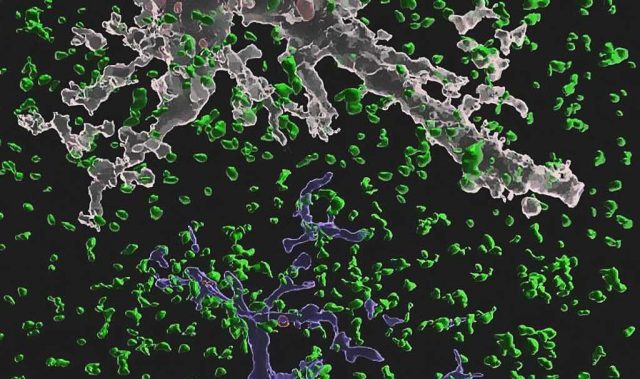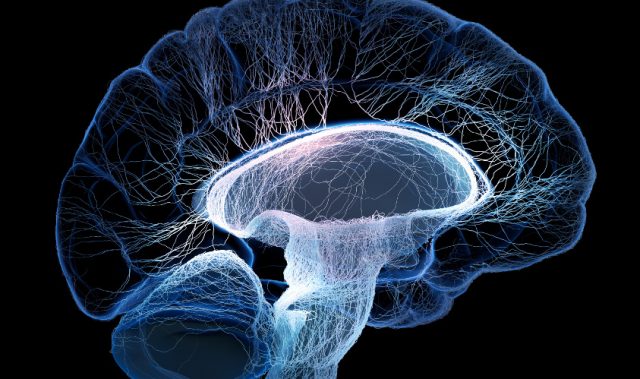
AsianScientist (Aug. 17, 2018) – A study by researchers at the Korea Advanced Institute of Science and Technology (KAIST) has revealed that brain regions distant from brain tumors can harbor cancer-driving mutations. Their findings are published in the journal Nature.
Like most cancers, glioblastoma—an aggressive form of brain tumor—is treated with surgery to remove as much of the tumor as possible. This is then followed by radiation and chemotherapy. However, the brain tumor almost always returns in less than a year, and the median survival time of patients with recurrent glioblastoma is only 15 months.
In the present study, a research group led by Professor Lee Jeong Ho of KAIST have discovered the reason for the frequent recurrence of glioblastoma. They sequenced tissue samples from three parts of the brain: the tumor mass itself, the normal cortical tissue and the normal subventricular zone (SVZ) tissue where neural stem cells are located. The samples were obtained from 28 patients with glioblastomas and other types of brain tumors who had undergone surgery.
The researchers found that in 56.3 percent of patients, the normal SVZ tissue distant from the tumor already harbored glioblastoma-driver mutations that were frequently present in their matching tumors. Furthermore, when the team generated a genome-edited mouse carrying glioblastoma mutations identified in the SVZ, they found that neural stem cells bearing cancer-causing mutations migrate from the SVZ to distant brain regions, resulting in the recurrent development of glioblastomas.
“[Like fireworks], every flare flying through the sky can be likened to cancer cells, even though the fireworks are triggered on the ground. We have found the trigger,” said Lee. The identification of this mutation pathway of glioblastomas could lead to a new paradigm for therapeutic strategies, he said, adding that “now, we can focus on interrupting the recurrence and evolution of glioblastomas.”
The article can be found at: Lee et al. (2018) Human Glioblastoma Arises from Subventricular Zone Cells with Low-level Driver Mutations.
———
Source: Korea Advanced Institute of Science and Technology; Photo: Shutterstock.
Disclaimer: This article does not necessarily reflect the views of AsianScientist or its staff.












